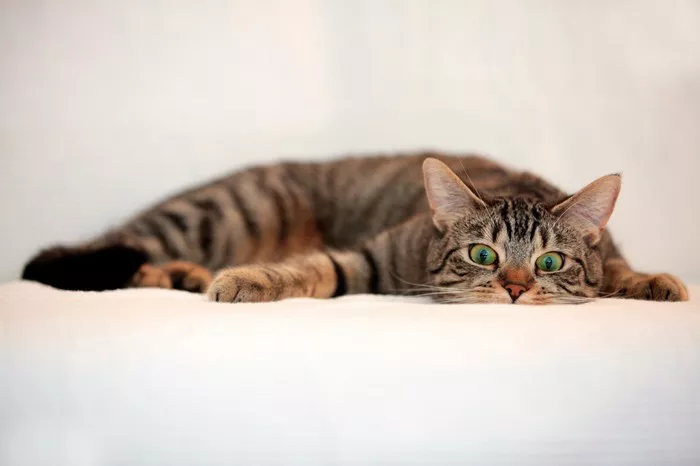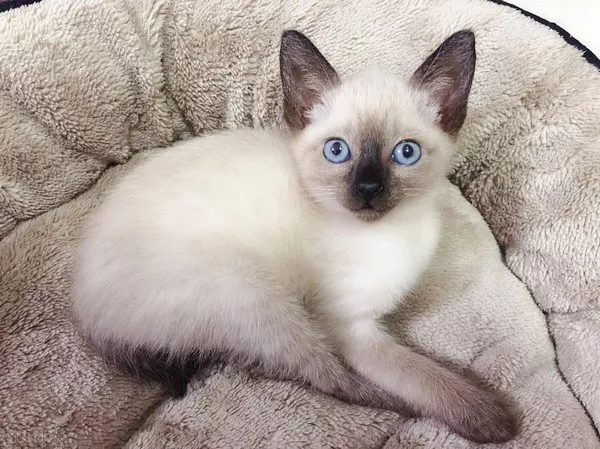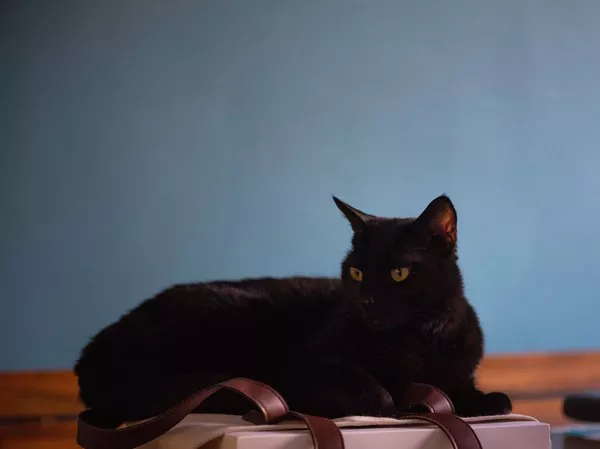Bengal cats have been increasing in popularity as pets due to their unique markings, affectionate personalities, and active nature. When considering adopting a Bengal cat, one question that often comes up is: “How much do Bengal cats shed?” Shedding can be an important factor to consider for those with allergies or who are looking for a low-maintenance pet. In this article, we’ll explore the shedding habits of Bengal cats and offer tips for managing shedding in your home.
Understanding Shedding in Bengal Cats
All cats shed to some extent, as it’s a natural process that helps them get rid of old, dead fur and replace it with new growth. However, the amount of shedding can vary based on factors such as breed, age, health, and even climate. Bengal cats are a relatively short-haired breed, with soft, dense fur that lies close to the skin. This type of fur is less likely to mat or tangle than longer-haired breeds, which can reduce shedding somewhat.
Another factor that affects shedding in Bengal cats is seasonality. Like many animals, cats respond to changes in daylight hours by growing a thicker coat during the fall and winter months. This helps keep them warm in cooler temperatures but also means they’ll shed more heavily in the spring and summer as they lose their extra fur. Owners may notice their Bengal shedding more noticeably during these times of year.
Tips for Managing Shedding in Bengal Cats
While it’s impossible to prevent shedding entirely, there are steps you can take to minimize the impact of shedding in your home. Here are some tips for managing shedding in Bengal cats:
1. Brush your cat regularly – One of the best ways to reduce shedding is by regularly brushing your cat’s fur. This not only removes loose hair before it can end up on your furniture or clothing, but it also distributes natural oils throughout the fur, which can help keep it healthy and shiny. Use a high-quality cat brush and make sure to be gentle, especially around sensitive areas like the belly and tail.
2. Bathe your cat occasionally – Bathing your Bengal cat every few months can help remove built-up oils and dirt that may be contributing to shedding. Use a mild cat shampoo and make sure to rinse thoroughly, as any leftover soap can cause skin irritation. However, be careful not to bathe your cat too frequently, as this can dry out their skin and lead to even more shedding.
3. Provide a healthy diet – A poor diet can contribute to shedding by making your cat’s fur dry, brittle, or dull. Make sure your Bengal is getting a balanced diet that includes plenty of protein and essential fatty acids, which are important for maintaining healthy skin and coat. Consult with your veterinarian to determine the best diet for your cat’s specific needs.
4. Keep your home clean – Regular cleaning can help reduce the amount of loose fur and dander in your home. Vacuum floors and furniture regularly, and consider using air purifiers or HEPA filters to capture pet hair and other allergens from the air.
5. Manage stress – Stress can also contribute to shedding in cats, so it’s important to provide a calm and comfortable environment for your Bengal. Make sure they have plenty of toys to play with and safe spaces to retreat to if they’re feeling overwhelmed. Additionally, consider using pheromone sprays or diffusers to help alleviate anxiety and promote relaxation.
Conclusion
Overall, Bengal cats do shed, but the amount and frequency can vary based on factors such as seasonality and individual health. By taking steps to manage shedding through regular grooming, proper nutrition, and a clean environment, you can minimize the impact of shedding on your home and enjoy all the other benefits of owning a Bengal cat.



























